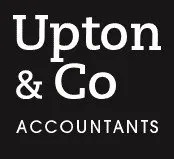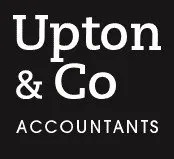New interactive tool for transition period profit reporting published
If you are a sole trader, or a partner, reporting your profits could be more complicated this year due to the basis period reform. How can a new online tool help?

For 2023/24, basis period reform will start to kick in - meaning unincorporated businesses that have a different accounting period to the tax year must report profits from the end of the previous accounting date in 2022/2023 up to 5 April 2024 (or 31 March), with the additional profit (after overlap relief) being "transitional" profit. Due to the change, the transitional profit will be automatically spread over five tax years.
HMRC has now launched an online calculator to help you work out the transitional profit, to enable you to complete the tax return correctly. Although the deadline to submit your tax return seems to be a long way off, it may be better to run the calculations sooner rather than later in case the transitional profit has a bigger impact on your tax bill than you are expecting.
If you are unsure of what your overlap relief figure is, contact HMRC to request it. As there are a backlog of requests it would again be sensible to request this figure sooner rather than later to avoid potential delays closer to the filing deadline.
Related Topics
-
Simpler Recycling rules take effect
New rules on how workplaces must sort their waste and recycling have taken effect from 31 March. What are the key changes to be aware of?
-
New CGT reporting tool
Self-assessment returns aren’t set up for the change in capital gains tax (CGT) rates on the government filing system and will require a manual adjustment for 2024/25 to ensure the correct amount is paid. Why is there a problem and can a new online tool help?
-
MONTHLY FOCUS: THE ENTERPRISE INVESTMENT SCHEME QUALIFYING CONDITIONS
The enterprise investment scheme (EIS) is a generous collection of tax reliefs aimed at encouraging private investment into relatively young companies. In this Focus, we look at the qualifying conditions relating to the investor and the issuing company that must be met in order for a claim for relief to succeed.




 This website uses both its own and third-party cookies to analyze our services and navigation on our website in order to improve its contents (analytical purposes: measure visits and sources of web traffic). The legal basis is the consent of the user, except in the case of basic cookies, which are essential to navigate this website.
This website uses both its own and third-party cookies to analyze our services and navigation on our website in order to improve its contents (analytical purposes: measure visits and sources of web traffic). The legal basis is the consent of the user, except in the case of basic cookies, which are essential to navigate this website.